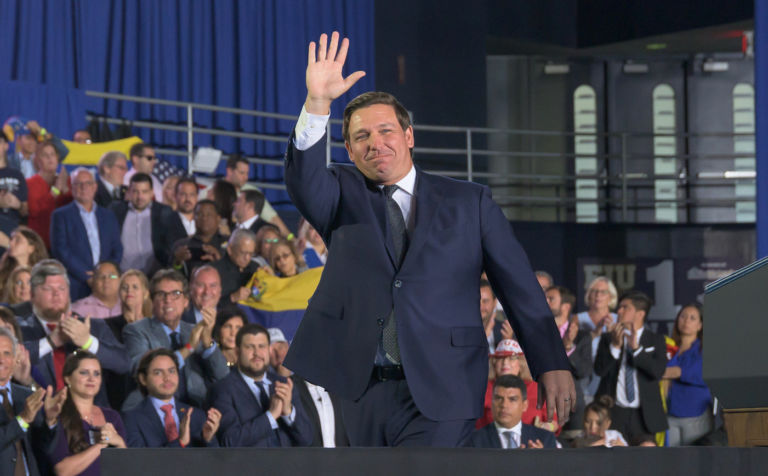Angela Rachidi of the American Enterprise Institute offers ideas for Congress to consider in the COVID-19 relief debate.
Republican and Democratic lawmakers, including the president, have expressed support for another payment, though they disagree on how a new round of payments should look. …
… Recent research has shown that the first round of economic impact payments reduced poverty among US households in the immediate months following the start of the pandemic. Economists Bruce Meyer, James Sullivan, and Jeehoon Han found that the combination of expanded unemployment insurance provisions with the economic impact payments actually reduced poverty, even though a substantial number of low-income families lost income due to job disruptions.3
We do not yet have any research to show whether the impact payments stimulated the economy. However, prior research on similar payments during the economic recessions in 2001 and 2008 highlights a low “aggregate marginal propensity to spend.” In other words, people were more likely to save the payments they received in 2001 and 2008 or use them to pay down debt than spend them immediately on goods and services that would stimulate the economy. However, researchers differ on their beliefs about whether the payments resulted in lagged effects on consumption, perhaps as people eventually spent the money they added to their savings or incurred more debt.4
With a hefty price tag of almost $300 billion for the first round of payments, one natural concern is whether a second round of economic impact payments would target assistance to those who really need it and whether the payments would actually stimulate the broader economy and prevent further disruptions to the labor market. Data from the US Census Bureau showing how people spent the original economic impact payments suggest that lawmakers should revise the second round of payments by lowering the qualifying income threshold to maximize these payments’ effectiveness and minimize unnecessary government costs.


